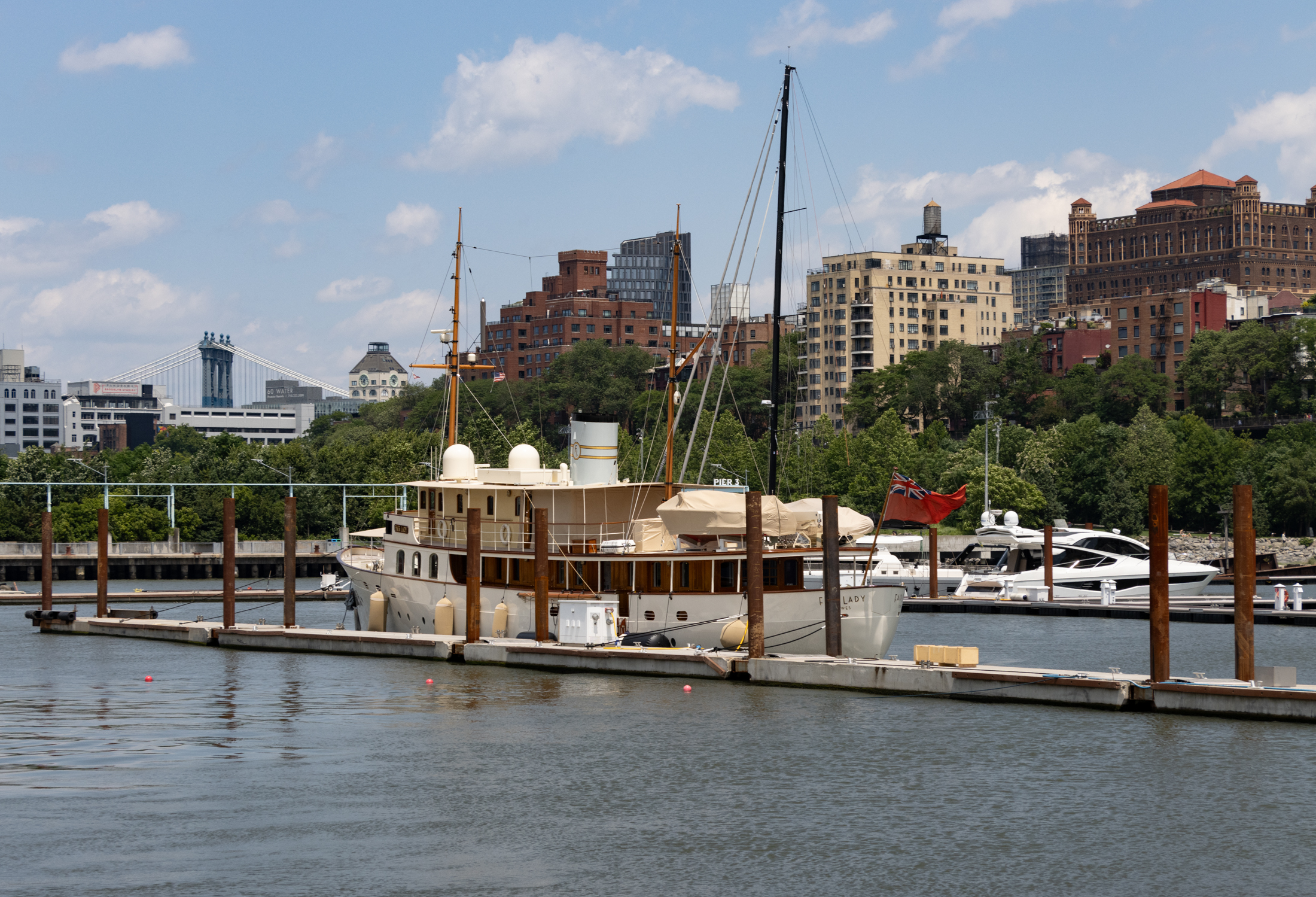Building of the Day: War Memorial, Cadman Plaza
Brooklyn, one building at a time. Name: Brooklyn War Memorial Address: Cadman Plaza, east side, near de-mapped section of Orange Street Cross Streets: Cadman Plaza West, Cadman Plaza East Neighborhood: Downtown Brooklyn/Brooklyn Heights border Year Built: 1952 Architectural Style: Classical/Moderne Architect: Eggers & Higgins (building), Charles Keck (memorial) Other Buildings by Architect: Damrosch Park, Lincoln…


Brooklyn, one building at a time.
Name: Brooklyn War Memorial
Address: Cadman Plaza, east side, near de-mapped section of Orange Street
Cross Streets: Cadman Plaza West, Cadman Plaza East
Neighborhood: Downtown Brooklyn/Brooklyn Heights border
Year Built: 1952
Architectural Style: Classical/Moderne
Architect: Eggers & Higgins (building), Charles Keck (memorial)
Other Buildings by Architect: Damrosch Park, Lincoln Center; Vanderbilt Hall, NYU Law School; Silliman College, Yale University
Landmarked: No
The story: This huge monument honors Brooklyn’s war dead from World War II, and is a somber reminder of the sacrifices ordinary people have made for our country. Unfortunately, for something as large as it is, this is the most lost memorial in Brooklyn. I think it’s because of where they put it, at the back end of Cadman Plaza, a huge chunk of land that doesn’t flow as a park, or as a plaza.
The first time I saw the Memorial, long ago, I didn’t know what it was, and even then, it reminded me of a lost monument, like some ancient artifact found when one brushed back the underbrush, and there it was. At the time, the entire Plaza was not well maintained, and that added to the feeling of discovery. Critic Leslie Katz, writing in the Nation, in 1962 called it “a billboard made of stone, with two apathetic stone giants doing a commercial for grief on either side.” The problem is while the statues are quite beautiful, the building is just too large, there’s too much space between the figures, so any personal feeling of intimacy is just lost. Mr. Katz had a point, but I wouldn’t call them “apathetic.”
The building was designed by the firm of Eggers & Higgins, successors to famed architect Russell Pope, the City Beautiful architect of the Jefferson Memorial, the National Archives, and other buildings in Washington D.C. Otto Reinhardt Eggers was Pope’s draftsman and right hand for many years. It’s austere, designed to be a canvas and background for the statues and inscriptions sculpted by Charles Keck, honoring the heroic dead of the Second World War. Keck also was a valuable assistant to a famous man, sculptor August Saint-Gaudens, the Beaux-Arts artist who sculpted some of this country’s finest portraits in bronze and coin, including those of Abraham Lincoln and many of his Civil War era generals. Keck’s other familiar work is the statue of Father Duffy, in Times Square, Manhattan.
The male and female figures…
…are classically robed, with downcast and sorrowful expressions. Between them is the tribute to Brooklyn’s dead. Before them are soccer moms, nannies, students, and playing children. There is little interaction, except to use the memorial as a boundary for playing kids. The spaces have nothing to do with each other. The grief is not felt. It’s really weird. GMAP
Thanks to Francis Morrone for much of the information, as found in his Architectural Guidebook to Brooklyn.








did doelger meet his match in a duel?
What is disgraceful and and sad is that the inside of this building is closed off to the public (and veterans) – it should be restored and used as a proper memorial hall and public utility.
“Foul play suspected.”
-on whose part?
It’s not a lost site if you live in Brooklyn Heights. It is a very used park.
It’s not a lost site if you live in Brooklyn Heights. It is a very used park.